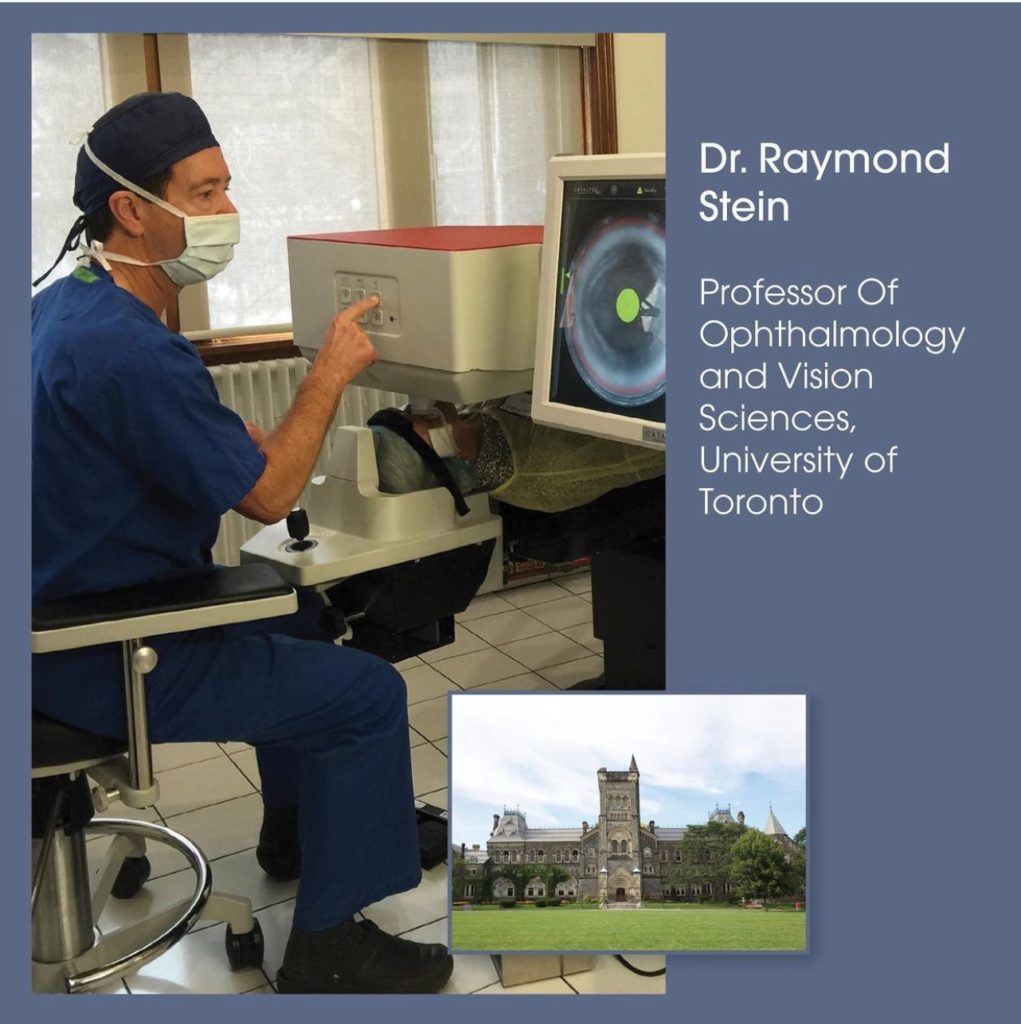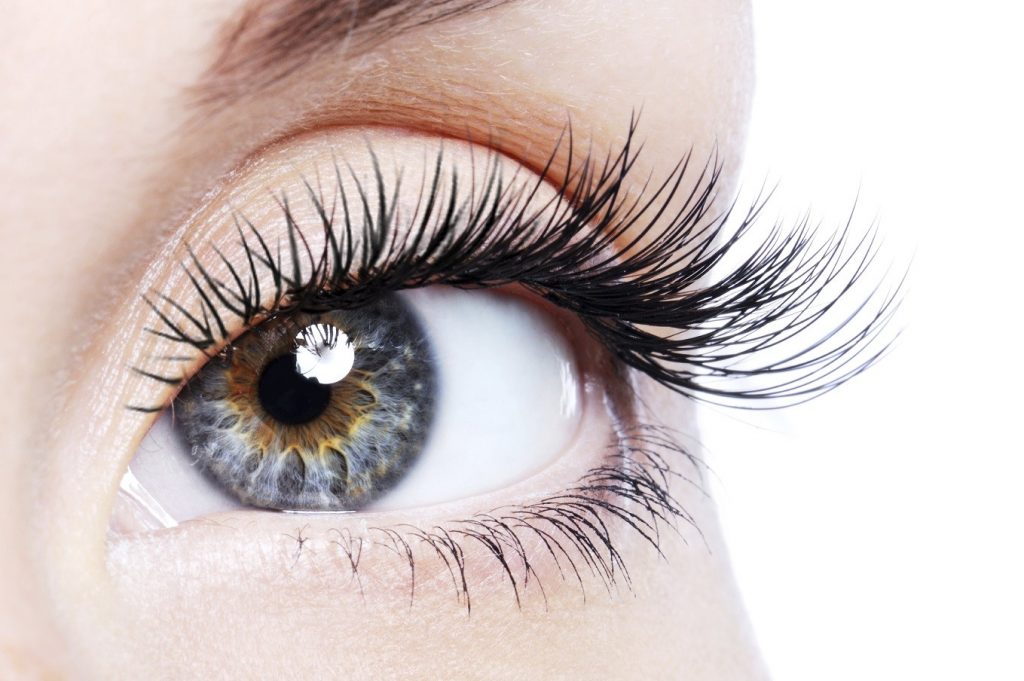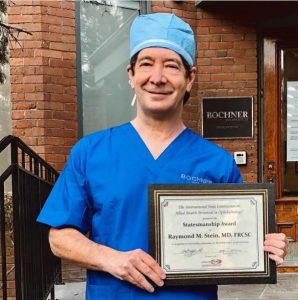
Dr. Raymond Stein is pleased to announce that Bochner Eye Institute is an official partner of the Toronto Maple Leafs. Dr. Stein and his colleagues are proud to personally handle any laser vision correction or ophthalmological needs for the Maple Leafs and show them the exceptional care patients have come to expect from him. Bochner Eye Institute has worked with other professional sports teams, including the Toronto Blue Jays and the Toronto Marlies.
The Benefits of Laser Vision Correction for Professional Athletes
Athletes and laser vision correction are a natural fit. Athletes have always needed clear, detailed vision to excel in their sport. Hockey players in particular require great hand-eye coordination — especially when a puck can reach speeds of over 100mph and players can move across the ice at speeds of up to 30mph.
But glasses and contact lenses are an imperfect vision solution for athletes, as they can be uncomfortable and inconvenient. Professional players do not have the time to spend wiping off their glasses or adjusting a dislodged contact lens in the middle of a practice or game. Sports goggles are effective but do not always provide good peripheral vision. There are also some safety concerns with corrective eyewear; for example, moving at high speeds with cloudy glasses or goggles can be risky, or dirt and sweat can get trapped under contact lenses, possibly causing infection.
Laser vision correction provides the clear, independent vision athletes need to focus on their performance (not their visual aids) and gain a performance-boosting edge. Today’s laser eye procedures are quick, extremely precise and require minimal recovery downtime. The majority of players are able to hit the ice or the field quickly after surgery, with dramatically improved vision and no need for contacts or glasses.
Bochner Eye Institute’s History of Excellence
Bochner Eye Institute has been a leader in eye care since the center’s inception in 1929. Not only do the eye surgeons at Bochner Eye Institute help countless patients enjoy clearer sight, they also make regular, valuable contributions to further the ophthalmology profession.
Dr. Stein, the medical director of Bochner Eye Institute, is well-known for pioneering new technologies and techniques to treat refractive errors as well as other eye diseases such as keratoconus and age-related macular degeneration. He has traveled internationally to train other ophthalmologists and present at refractive surgery meetings about the technology he uses and the results he has achieved. Dr. Stein has also published a large volume of articles and books about his areas of interest.
To learn more about Bochner Eye Institute’s legacy or any of the services we offer, please visit www.bochner.com today.



 Dr. Raymond Stein and his team are pleased to announce that Bochner Eye Institute is Toronto’s 2021 Top Choice Winner for Laser Vision Correction. The recognition honors “consistent excellence in the pursuit of customer satisfaction.”
Dr. Raymond Stein and his team are pleased to announce that Bochner Eye Institute is Toronto’s 2021 Top Choice Winner for Laser Vision Correction. The recognition honors “consistent excellence in the pursuit of customer satisfaction.”



 Cataracts are a nearly unavoidable part of getting older. A cataract is a clouding of the eye’s lens that occurs when the proteins that make up the lens clump together. In the early stages of a cataract, it may have little effect on vision. But as a cataract progresses, the visual effects will become nearly impossible to ignore.
Cataracts are a nearly unavoidable part of getting older. A cataract is a clouding of the eye’s lens that occurs when the proteins that make up the lens clump together. In the early stages of a cataract, it may have little effect on vision. But as a cataract progresses, the visual effects will become nearly impossible to ignore.